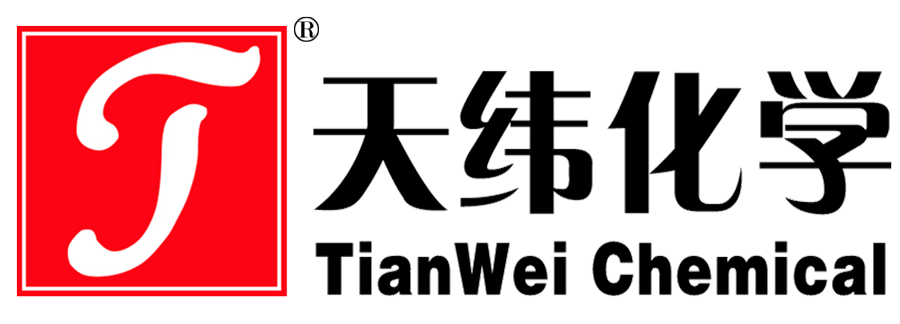-
What problems should be considered in the use of bactericidal preservatives in coatings
What problems should be considered in the use of bactericidal preservatives in coatings
08-01-2025 -
PU polyurethane insole antibacterial agent, antibacterial and deodorant good helper
PU polyurethane insole antibacterial agent is mainly used to improve the antibacterial performance of polyurethane insole, prevent bacteria from breeding and reproduction on the insole, so as to keep the insole clean and hygienic.
06-11-2024 -
Application of copper ion antibacterial agent in textile industry
In the context of today's health and environmental protection society, the textile industry is actively exploring new antibacterial technologies to improve the hygiene performance and added value of products. Among them
24-10-2024 -
Precautions for filling coating preservatives
Coating preservative is a kind of agent with sterilization and antiseptic effect, mainly used in coatings and paints,
22-10-2024 -
Antibacterial clay to protect children's health
In daily life, bacteria are everywhere, children in contact with all kinds of toys a day for a long time, will be exposed to a lot of bacteria, clay is one of the children's favorite toys, very easy to breed bacteria, very bad for children's health, the selection of antibacterial clay can prevent harmful bacteria access, even if children forget to wash their hands, It can also fully protect the health problems of children!
09-08-2024 -
What are the categories of antiseptic?
Bactericidal preservatives are mainly used to ensure that materials do not deteriorate during use by killing bacteria or making them lose their ability to grow and reproduce. Bactericidal preservatives can denature proteins in microorganisms
12-07-2024 -
About Bropol (Brominol, BNPD, Bronopol) antiseptic preservatives, you read this article is enough(一)
Pure product is white to light yellow powder or crystal, odorless and tasteless. Melting point 118℃. The solubility in water is 25g/100g(25℃);
30-01-2024 -
the application of Zinc pyrithione
Pyrithione zinc, also known as omedin zinc, dark Russell, referred to as ZPT, is the root extract of the tomato branch plant Lingshishuangluo. As a zinc complex, pyrithione zinc appears as a white to slightly yellow crystalline powder, almost insoluble in water at normal temperature and neutral conditions. Pyrithione zinc was synthesized in the 1930s
26-01-2024 -
That simple? Turns out it's a water-reducing preservative
The fungicide can effectively solve the fermentation and deterioration of ceramic printing oil, viscosity reduction
09-01-2024 -
Metalworking fluid preservatives. Too bad they don't
Fungicides are mainly used in neutral, weakly alkaline, alkaline working environments such as paper making and coatings, and have no corrosion. It can be used in the mixing tank, slurry tank, high overflow box, thickener and white pool before pulp loading machine to reduce fiber degradation and improve paper strength. This product has strong inhibitory power against all kinds of gram-positive or negative bacteria, molds and yeasts. It can be dissolved in water, alcohol and propylene glycol in any proportion, it can act alone or in combination with other active components, and its small antibacterial concentration is 500-1000ppm. As a fungicide can be used alone or in combination with other fungicides.
08-01-2024




